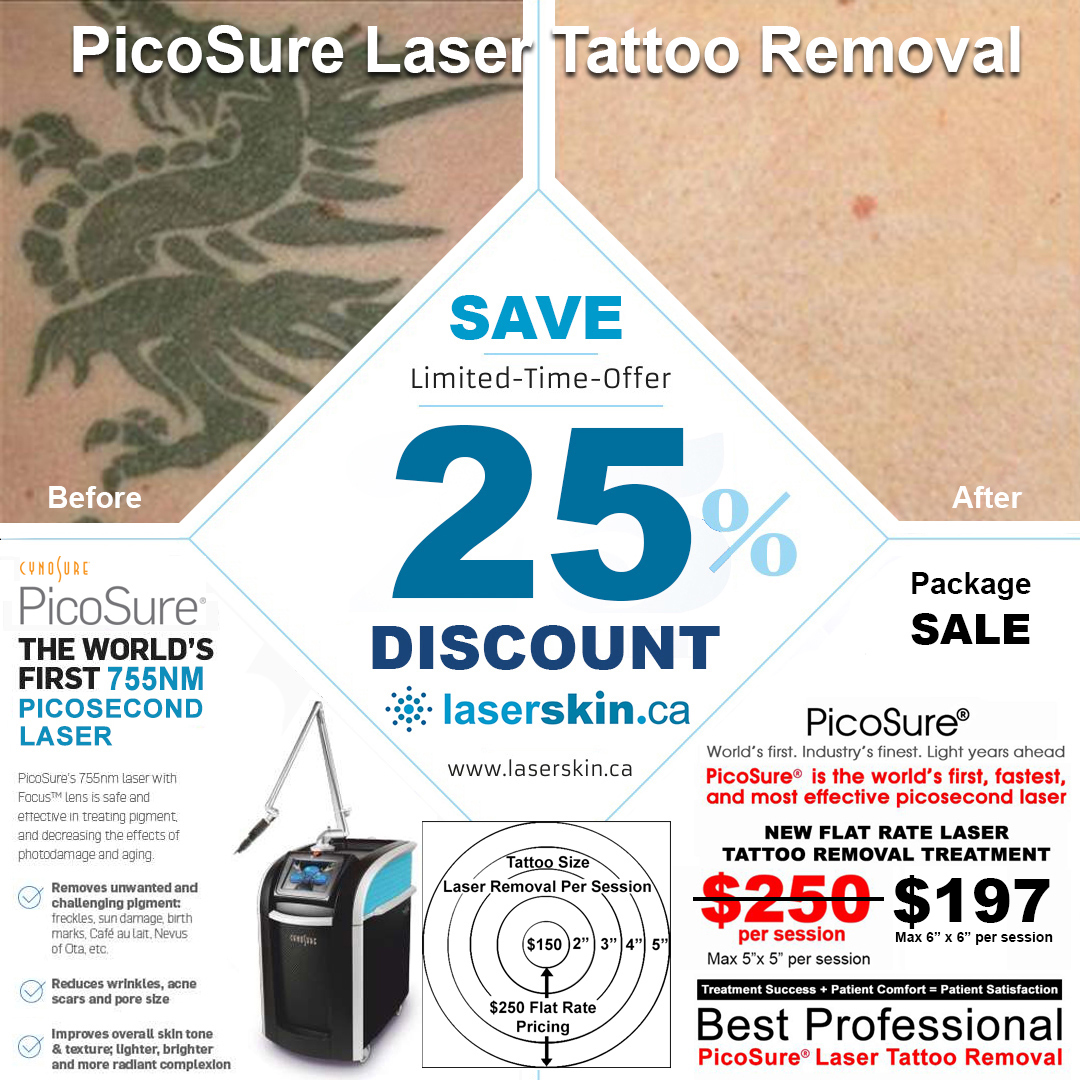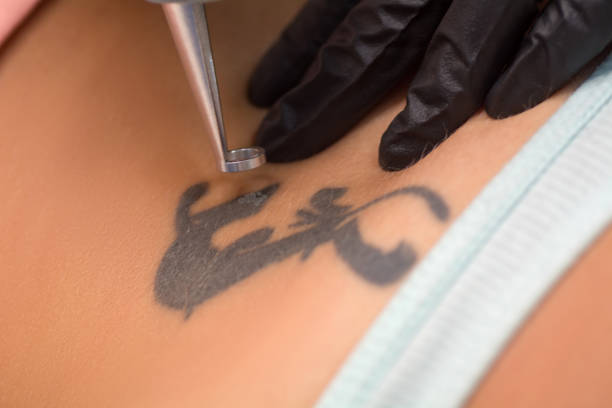How Much Does Tattoo Removal Cost Are you thinking about having some tattoos removed? Removing tattoos can be done via dermabrasion, surgical excision, or laser technology. The majority of tattoos can be removed. However, some are far more difficult to do so than others. For instance, stick-and-poke and older tattoos are simpler to get rid […]
Tattoo Removal Near Me
Tattoo Removal Near Me Are you looking for tattoo removal near me? Almost one-third of Canadians have at least one tattoo. One is owned by nearly half of all millennials. But not everyone is pleased with their choice of tattoo; in the end, up to 25% of people who have tattoos regret getting them. Here […]


